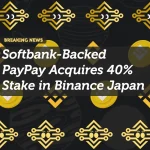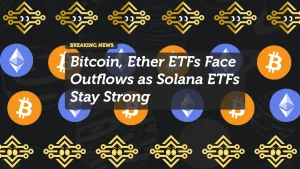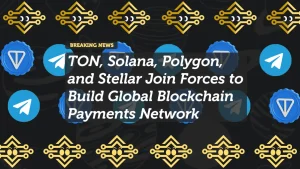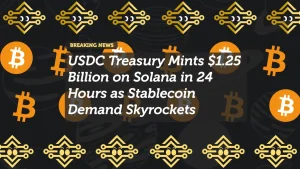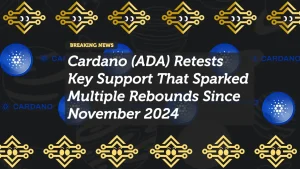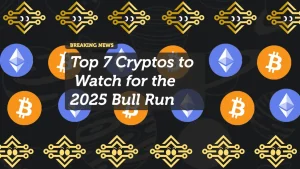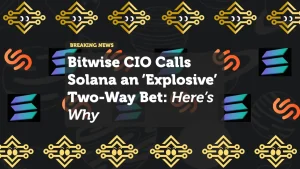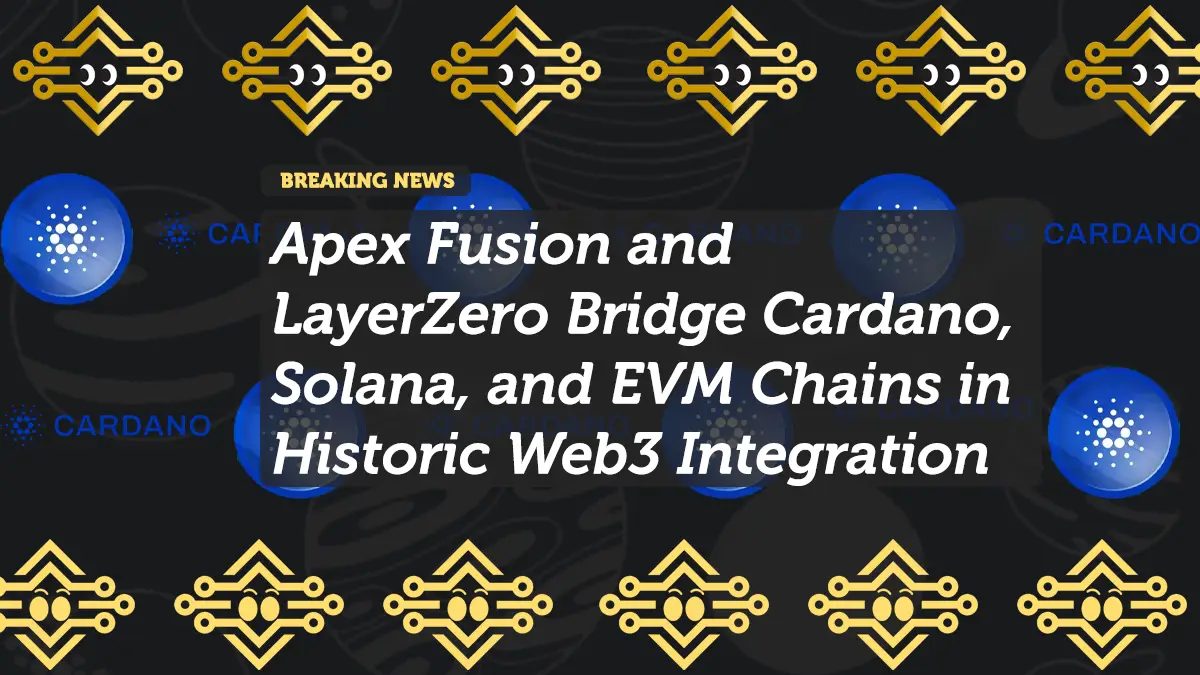
Apex Fusion and LayerZero Bridge Cardano, Solana, and EVM Chains in Historic Web3 Integration
In a landmark announcement for blockchain interoperability, Apex Fusion and LayerZero Labs have revealed a strategic integration that will bridge Cardano, Solana, and EVM-compatible networks for the first time at scale.
This collaboration could be one of the most significant steps toward true multi-chain connectivity, potentially transforming how decentralized applications (dApps), DeFi protocols, and users interact across blockchains.
Breaking the Barriers Between Major Blockchains
Until now, Cardano, Solana, and EVM chains such as Ethereum, Avalanche, and Polygon have largely operated as siloed ecosystems — each with unique virtual machines, languages, and standards that limited seamless interoperability.
Apex Fusion, a next-generation cross-chain coordination protocol, will leverage LayerZero’s omnichain messaging technology to connect these ecosystems under a unified framework.
“We’re not just bridging assets — we’re bridging liquidity, logic, and identity,” said Apex Fusion co-founder Liam Keats. “Through LayerZero’s trust-minimized transport layer, users can now interact with applications across Cardano, Solana, and Ethereum without leaving their native chain.”
How the Integration Works
The integration is powered by LayerZero’s message relay infrastructure, which enables lightweight, secure data packets to move between otherwise incompatible blockchains.
Apex Fusion adds an application layer on top of this infrastructure, allowing developers to create multi-chain apps that can execute smart contracts, trade assets, and share state across networks in real time.
The system relies on three core modules:
- Apex Relay Gateways — manage inbound and outbound traffic between networks.
- Universal Liquidity Layer — provides wrapped liquidity pools across Solana SPL tokens, Cardano ADA-based assets, and EVM ERC-20s.
- Fusion SDK — lets developers build omnichain dApps in minutes using one unified development kit.
This design ensures near-instant settlement finality with sub-second messaging latency across integrated networks.
Why It’s a Big Deal
The collaboration represents a technological milestone for interoperability and could resolve one of Web3’s oldest challenges — the fragmentation of liquidity and user experience.
By connecting Cardano (known for its formal verification and staking model), Solana (famous for high throughput), and Ethereum-compatible chains (which dominate DeFi), Apex Fusion and LayerZero are effectively merging three of crypto’s largest developer communities.
Key Benefits:
- Unified liquidity: DeFi users can swap ADA, SOL, and ERC-20 tokens across networks without centralized exchanges.
- Omnichain DeFi protocols: Lending and yield platforms can deploy single contracts that operate across multiple chains simultaneously.
- Cross-chain NFTs and identity: Creators can mint on Solana and sell on Ethereum or Cardano markets with full metadata integrity.
Cardano and Solana Join the Omnichain Era
For Cardano, this marks its most ambitious cross-chain leap yet. Historically cautious about interoperability due to its extended UTXO model, Cardano’s integration through Apex Fusion will allow developers to create smart contracts that communicate with Ethereum’s EVM or Solana’s runtime directly.
Meanwhile, Solana’s inclusion adds ultra-fast throughput to the mix, giving omnichain applications the ability to handle real-time DeFi transactions and gaming workloads without latency bottlenecks.
“Solana’s speed and Cardano’s rigor combined with LayerZero’s cross-chain fabric create an unprecedented foundation for global DeFi scalability,” said Bryan Pellegrino, CEO of LayerZero Labs.
Market Implications and Developer Reactions
The announcement has sparked significant enthusiasm among developers and investors. According to early on-chain metrics, Apex Fusion’s developer registrations surged 290% in the 48 hours following the reveal, while mentions of “Cardano + LayerZero” trended on X (formerly Twitter).
Institutional DeFi players like Galaxy Digital, Wintermute, and Anchorage have reportedly begun testing Apex Fusion’s liquidity layer in closed beta environments.
Crypto analysts believe this could mark the beginning of a new interoperability race among projects like Cosmos IBC, Polkadot, and Chainlink CCIP.
The Road Ahead
Apex Fusion plans to roll out phased mainnet connections starting Q1 2026, beginning with Cardano-Solana-Ethereum bridges before expanding to Polygon, Avalanche, and BNB Chain.
The team is also developing FusionX, a governance platform that will allow cross-chain voting and staking — meaning users from any connected blockchain can participate in collective decision-making.
If successful, this integration could usher in a new era of unified liquidity and user experience across the decentralized web — one where blockchain boundaries become invisible to the end user.
Final Thoughts
The partnership between Apex Fusion and LayerZero is more than just another bridge — it’s a foundational step toward the “Internet of Blockchains.”
By interlinking Cardano, Solana, and EVM ecosystems, the collaboration could transform how Web3 applications are built, accessed, and scaled — turning previously isolated chains into components of a single, interoperable financial network.
In a fragmented crypto world, Apex Fusion and LayerZero may have just drawn the blueprint for true blockchain unification.









